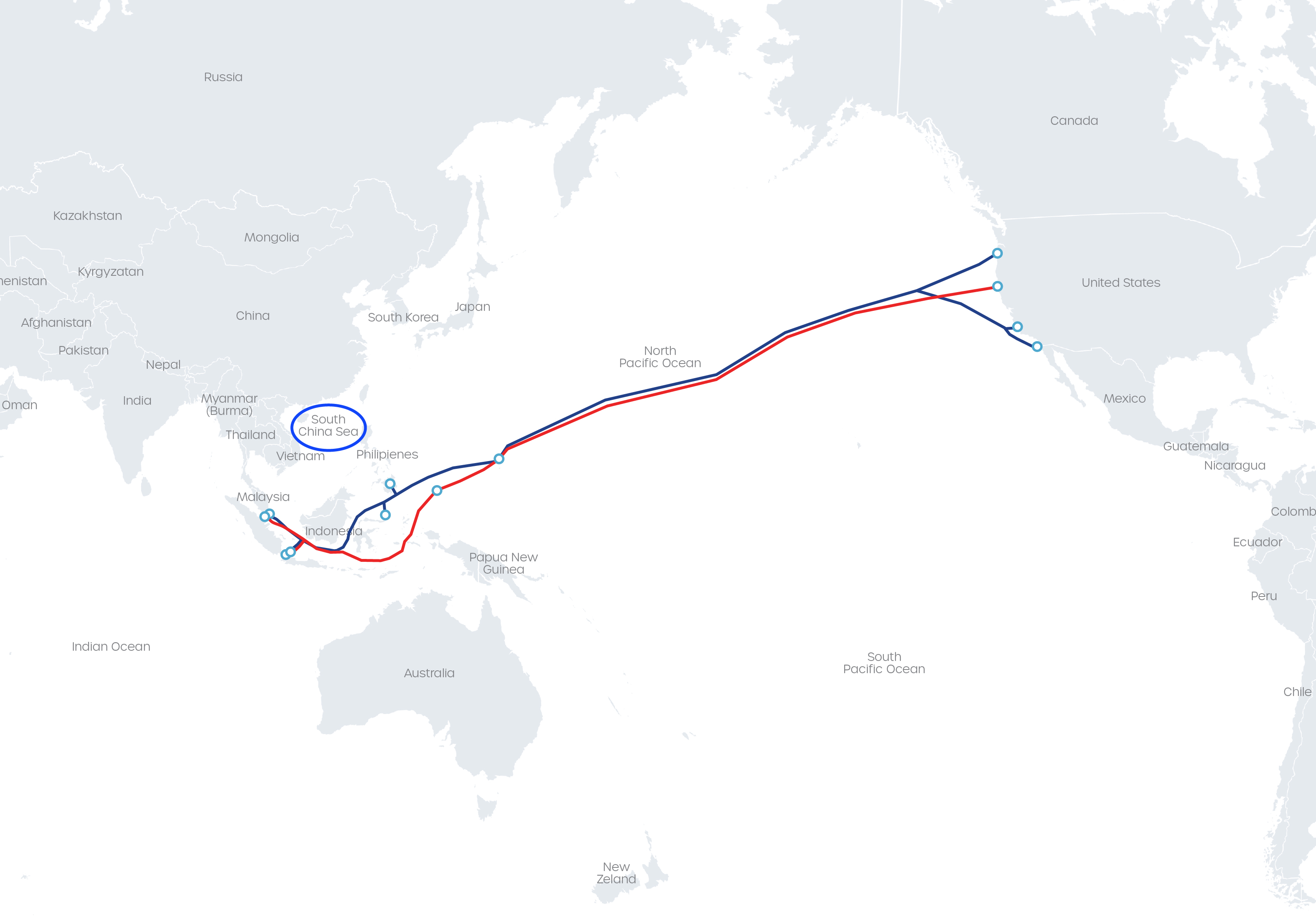Setting Up an IPLC Network: Step-by-Step Process for Businesses
-
April 7, 2025
-
5 min read

As businesses grow globally, secure and reliable connectivity is essential. For companies with mission-critical data transmission needs across international borders, an IPLC network setup offers a robust solution. Unlike public internet lines, IPLCs provide dedicated, high-speed connections via direct physical links, ensuring optimal performance and security. This guide covers key steps, from assessing needs to optimising networks. It also shows how businesses use International Private Leased Circuits (IPLCs) for success.
Step 1: Assessing Your Business Needs
Before working on the IPLC network setup, it is important to evaluate your organisation’s specific connectivity requirements. Consider factors such as:
- Bandwidth: Determine the data transfer speeds needed to support your applications and user base.
- Latency: Assess the maximum acceptable delay for your network traffic, especially for real-time applications like video conferencing or financial trading.
- Locations: Identify the geographical points you need to connect, including data centres, branch offices, and partner sites.
Understanding these parameters will help you design an IPLC solution according to your specific business needs.
Step 2: Selecting a Reliable Service Provider
Choosing the right IPLC service provider is an important decision that can significantly impact the performance and reliability of your network. Look for a provider with:
- Extensive Global Reach: A provider with a vast network spanning multiple countries and continents can ensure seamless connectivity for your international operations.
- Robust Infrastructure: Assess the provider’s infrastructure, including the number of submarine cables, terrestrial links, and cable landing stations, to estimate their capacity and redundancy.
- Proven Track Record: Evaluate the provider’s experience, client testimonials, and industry recognition to validate their expertise and reliability.
- Scalable solutions: Choose a provider that supports your future growth with flexible and expandable network options.
- 24/7 support: Ensure round-the-clock assistance for quick troubleshooting and uninterrupted network performance.
Providers like Airtel offer IPLC services across 50 countries and 5 continents, supported by over 34 submarine cables and 7 cable landing stations. Such extensive coverage and advanced infrastructure make them a clear choice for businesses with global connectivity needs.
Step 3: Designing the Network Architecture
The next step in the IPLC network setup process is to design the network architecture based on your business requirements. IPLCs are usually configured as point-to-point connections. This ensures direct data transmission between the origin and destination without jumping through multiple routers. Key considerations for network architecture include:
- Redundancy: Plan for backup routes and failover mechanisms to ensure high availability.
- Topology: Determine whether a point-to-point, multipoint, or fully meshed configuration best suits your requirements.
- Scalability: Design a network that can easily scale to accommodate future growth and increasing bandwidth demands.
- Security: Implement encryption, firewalls, and access controls to protect your data in transit.
Step 4: Bandwidth Allocation and Configuration
One of the key advantages of an IPLC is the dedicated bandwidth that is exclusively available to your organisation. This eliminates the “rush-hour effect” of slower speeds during peak traffic, ensuring consistent performance. When allocating bandwidth for your IPLC network setup, consider:
- Current and Future Needs: Assess your current bandwidth requirements and factor in expected growth to avoid capacity constraints down the line.
- Application Prioritisation: Allocate bandwidth based on the criticality and performance needs of different applications, such as reserving higher bandwidth for real-time services.
- Symmetrical vs. Asymmetrical: Assess whether your network requires equal upload and download bandwidth (symmetrical). Alternatively, choose higher download speeds with lower upload capacity (asymmetrical) based on traffic patterns.
Step 5: Configuring and Testing the Network
With the network architecture and bandwidth allocation in place, the next phase of the IPLC network setup involves the actual configuration and testing. This includes:
- Physical Installation: The service provider installs the required equipment and establishes physical connections between designated locations. This includes deploying submarine or terrestrial fibre optic cables and setting up essential hardware like routers, switches, and optical devices.
- Logical Configuration: Configure the IPLC settings, such as IP addressing, routing protocols, and quality of service (QoS) parameters, to ensure optimal performance and security.
- Testing and Validation: Conduct thorough testing to verify the network meets the specified performance metrics and security standards. This may include stress tests, failover scenarios, and penetration testing.
During this stage, utilise advanced network management tools and follow best practices to streamline the configuration process.
Step 6: Implementing Security Measures
Securing your IPLC network is important to protecting your sensitive data. Key security measures include:
- Encryption: Use strong encryption protocols like IPsec or MACsec to safeguard data in transit.
- Access control: Implement strict authentication and authorisation mechanisms to prevent unauthorised access.
- Monitoring: Deploy real-time monitoring tools to detect and respond to security threats or anomalies.
Step 7: Monitoring and Maintenance
Maintaining your IPLC network is essential to ensuring optimal performance and minimising downtime. This involves:
- Proactive monitoring: Continuously monitor network health, traffic patterns, and performance metrics.
- Troubleshooting: Promptly diagnose and resolve any issues that arise.
- Capacity planning: Regularly assess bandwidth utilisation and upgrade capacity to accommodate growth.
- Patch management: Keep all network devices and software up to date with the latest security patches and firmware updates.
Airtel’s IPLC services include 24/7 monitoring and proactive threat mitigation, along with a dedicated support team to ensure seamless operations.
Conclusion
Setting up an IPLC network is strategic for businesses with mission-critical global connectivity needs. Follow this guide’s step-by-step process, from assessing requirements to configuring and monitoring the network. This ensures a robust and secure communication infrastructure that enhances operational excellence.
Airtel’s IPLC solutions offer global reach, flexible bandwidth, and advanced security for seamless international connectivity. With investments in over 34 subsea cable systems, Airtel enables multiple paths across high-traffic corridors, ensuring redundancy and reliability. Choosing the right partner is critical to future-proofing your network connectivity. With Airtel’s IPLC services, businesses can optimise their global operations, stay competitive, and confidently navigate the evolving global market.
 Share
Share









